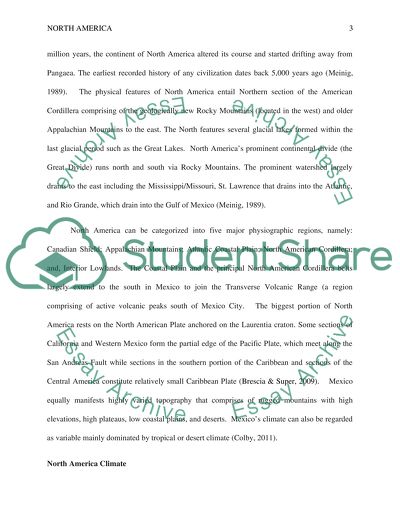Cite this document
(“North America Geography Research Paper Example | Topics and Well Written Essays - 2500 words”, n.d.)
Retrieved from https://studentshare.org/geography/1485898-north-america-geography
Retrieved from https://studentshare.org/geography/1485898-north-america-geography
(North America Geography Research Paper Example | Topics and Well Written Essays - 2500 Words)
https://studentshare.org/geography/1485898-north-america-geography.
https://studentshare.org/geography/1485898-north-america-geography.
“North America Geography Research Paper Example | Topics and Well Written Essays - 2500 Words”, n.d. https://studentshare.org/geography/1485898-north-america-geography.


